
Download the full report
The National Churches Survey giving every church a voice full report.

Cliciwch yma i weld y dudalen yn Gymraeg
Our churches stand as extraordinary witnesses to history: places where beauty, belonging and service to the community have flourished for centuries. At a time when the world around us is marked by turbulence such as economic challenges, social change, and environmental uncertainties, these buildings remain a light in the darkness, resilient centres of worship, heritage and social care.
This report shows both the scale of what is at stake and the hope that continues to shine through. Churches are not passive relics of the past; they are active, living places, powered by volunteers and sustained by communities who depend on them. They embody resilience in its truest form – adapting to changing needs, welcoming vulnerable people, and safeguarding treasures for future generations. What emerges here is not only a portrait of struggle but also one of remarkable strength and a reminder that these places deserve our continued commitment.
The National Churches Survey sets out clearly the challenges that churches are facing and also the opportunities for renewal, if we act together. Without intervention the risks are high – we risk losing these buildings and all they embody – for good. Let us rise to that call, so that churches, chapels and meeting houses continue to stand as beacons of hope in the United Kingdom now and for many generations to come.

The National Churches Survey giving every church a voice full report.
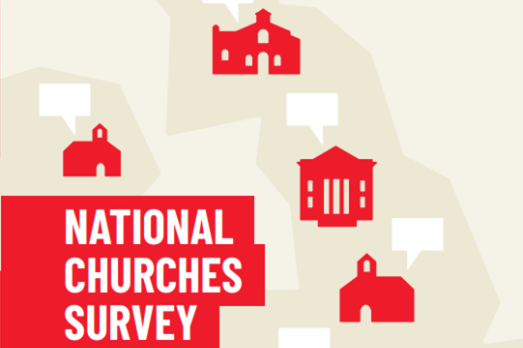
The National Churches Survey giving every church a voice summary report.

From medieval churches and Nonconformist chapels to Catholic parishes and Pentecostal spaces, read more here.
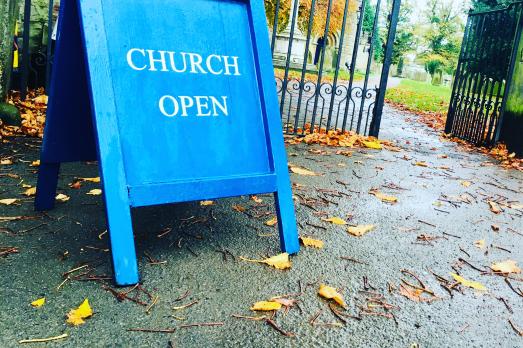
This helpful page will give you nine brief key statistics from the new report from the National Churches Trust about church buildings in the UK.

Learn more about the methodology behind the National Churches Survey report including the structure of the questionnaire and the weighting.

Beyond worship and social gatherings, churches directly address some of the most pressing crises facing society today. The National Churches Survey shows that 56% of churches are directly involved in food distribution, with just under four in ten (37%) offering this support at least weekly.
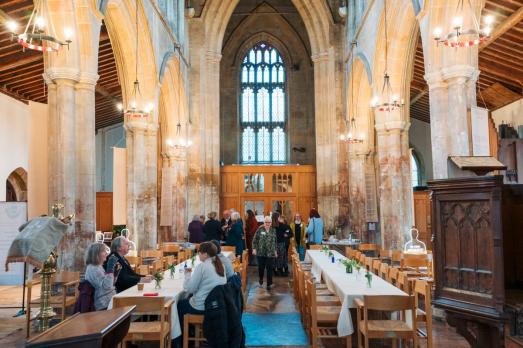
Churches are also cultural and social centres – 66% host music groups, nearly half on at least a weekly basis (43%), inspiring creativity and confidence while bringing people together across generations.
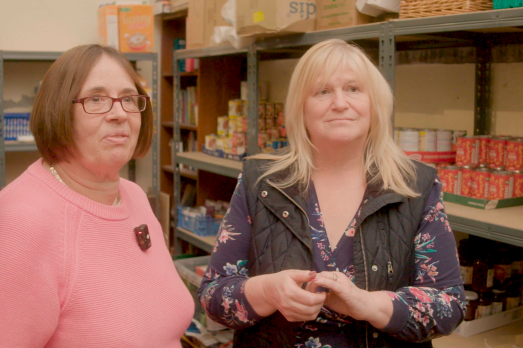
Volunteers are the hidden engine of church life, and without them so many aspects would grind to a halt. The scale of this commitment is staggering.

There are over 20,000 listed places of worship in the UK, the vast majority of which are churches.

Places of Worship in Wales are not only guardians of stone and stained glass but also of language and identity, where services embody a cultural treasure unique to the UK.
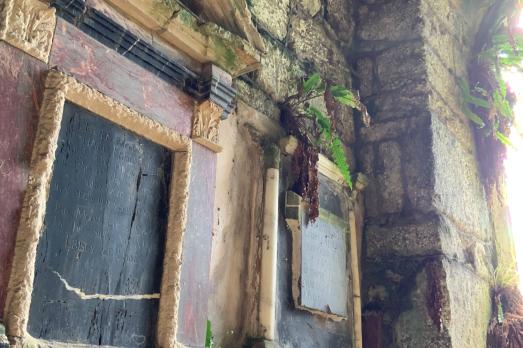
Routine maintenance for even a modest parish church can run to thousands of pounds a year. Major works, such as replacing a roof or repairing a tower, can easily cost hundreds of thousands of pounds. The 2025 National Churches Survey paints a stark picture: church roofs are under mounting strain.
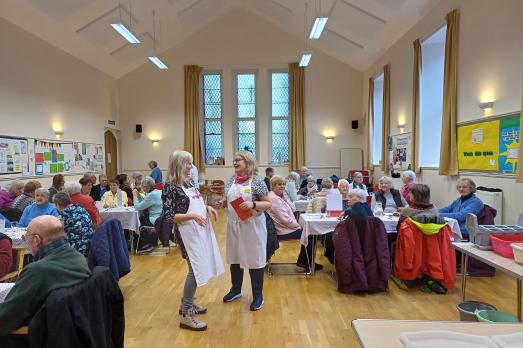
Since 2010, thousands of churches have taken significant steps to improve accessibility and usability.

Accessibility is not just a matter of compliance – it is an expression of the church’s core mission of welcome.

Churches are not neglectful of their duty of care but are going above and beyond. They are remarkable in their determination to sustain their buildings – but the financial challenge is enormous
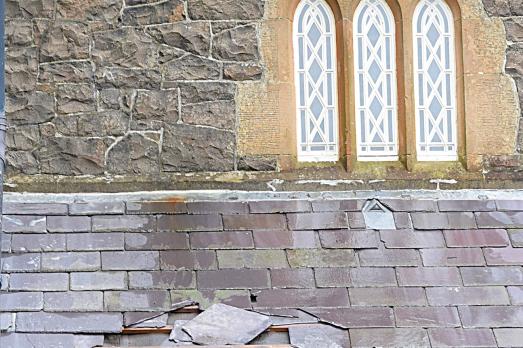
Churches are not standing still when it comes to meeting the huge challenges posed by a changing climate.

The National Churches Survey shows that churches are not short of vision.
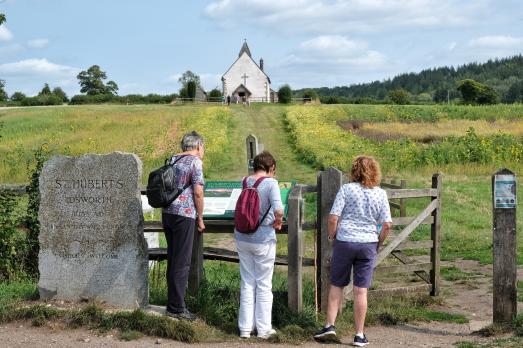
What factors do, or would, contribute to the successful management of your church buildings?

There are many factors which contribute to the ongoing resilience and sustainability of churches. When we chart each of the four nations on the web of church resilience what is clear is that each nation needs a targeted approach to help church buildings and their congregations to thrive.
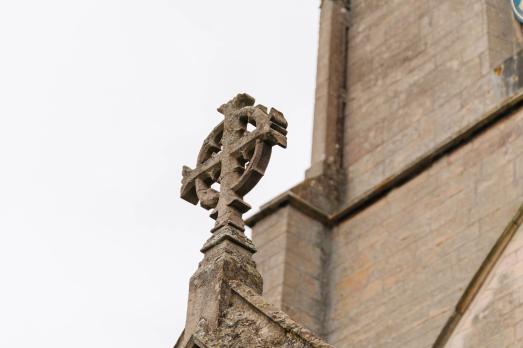
Read what needs to happen next to ensure that churches remain at the heart of thriving communities for many years to come.

The National Churches Survey, created by the National Churches Trust, was made possible by the thousands of volunteers, staff and clergy who participated. Thank you for your time, care, and resolve in ensuring that your church’s voice was heard. Read more about the people and organisations who made the survey possible.
About the National Churches Trust
An independent charity working on the ground in all four nations and supporting churches of all denominations so that church buildings across the UK are well maintained, open to everyone, sustainable and valued.
About Whitestone Insight
A research consultancy with a particular specialism in faith issues and audiences, seeking to support clients with insight that supports public policy, reputation management and communications.
With special thanks to the University of York, to Ecclesiastical Insurance and to Yeomans, who have made this survey possible.